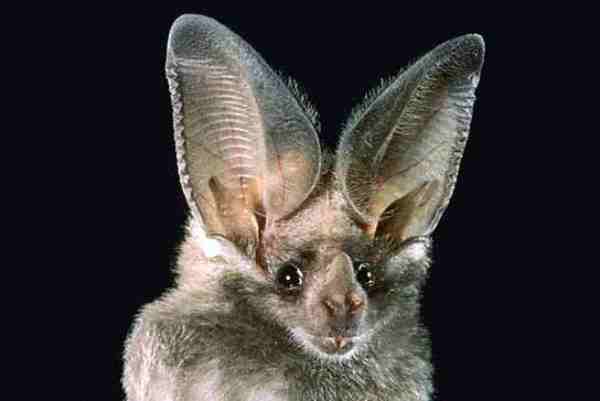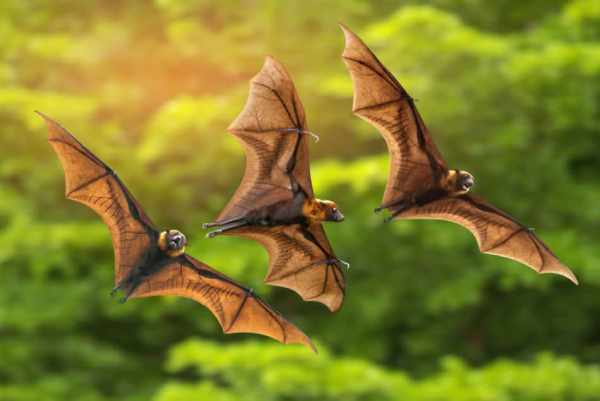Bats are often misunderstood creatures, with most people finding them creepy and scary. Despite these negative connotations, bats are actually pretty special. They play an important role in the ecosystem by contributing to plant pollination and acting as the most significant flying insect predators. With their appetite for insects, bats can eat up to 10,000 per night. But do they eat bees?
Table of Contents
While bats usually don’t eat bees, they wouldn’t hesitate to do so if they come across them. Most bats are nocturnal, while most bees are diurnal, meaning the two species rarely encounter each other in nature. Nonetheless, bats are fascinating creatures that deserve our admiration for their unique contributions to the ecosystem.
Do bats eat bees?

In fact, approximately 70% of their overall diet consists of various types of insects. They also obtain nourishment from sources like seeds, fruits, and pollen derived from flowers.
Both bats and bees play crucial roles in the ecosystem by providing essential services to numerous plants. For instance, in the United States, more than 75% of native plants would face extinction if it weren’t for the assistance of creatures such as bats and bees.
One issue faced by bees is that they fall prey to bats, which consider insects their favourite food source.
Nonetheless, the vast majority of bats are nocturnal creatures, exclusively hunting at night, whether their prey includes insects, nectar, or fruit. On the other hand, most bees are active during the day, working in the presence of sunlight.
However, nature is filled with surprises and discoveries, prompting different species to adapt to diverse lifestyles in order to avoid competition and predation.
Advancements in technology have enabled scientists to delve deeper into the unusual behaviours of animals. Consequently, recent studies have revealed that certain bat and bee species have been altering their typical habits.
Do bats eat carpenter bees?
Carpenter bees possess a distinct nesting behaviour that sets them apart. These solitary bees construct tunnel nests in plant materials like bamboo and wood.
Most carpenter bees have a completely black appearance, often leading to confusion with bumblebees. However, a distinguishing feature lies in their tail region, where carpenter bees display a shiny black segment.
While the majority of carpenter bee species are active during the day, the Indian carpenter bee stands out. This particular species has undergone exceptional adaptations to forage during the darkest nights, making them truly unique among bees. They possess large photoreceptors that enhance their night vision, a trait uncommon among other bee species. Consequently, Indian carpenter bees are the most vulnerable to potential attacks from bats, considering their nighttime foraging behaviour.

Do bats eat honey bees?
Originating from Eurasia, these honey bees are renowned for their wax nest construction and honey production.
Honey bees reside in large hives, which are divided into three distinct castes. The queen bee assumes a leadership role, overseeing the entire hive. Worker bees, all of which are female, undertake tasks such as foraging for food, protecting the hive, and constructing it. Drones, on the other hand, are male bees whose primary responsibility is to mate with the queen.
While the majority of honey bee species are active during daylight hours, exceptions exist in the form of the African honeybee and the giant Asian honeybee. These particular species exhibit crepuscular behaviour, which means they engage in foraging activities during the night, particularly when the moon is visible in the sky.
Consequently, among all honey bee species, the African honeybee and the giant Asian honeybee are more prone to intersecting with bats. In such instances, bats may seize the opportunity and prey upon them.
Other bee predators
Bears
While bears typically seek out honey specifically, rather than the insects that produce it, they aren’t averse to indulging in a bit of protein as well. This means that sometimes, they’ll chomp on bees and larvae that are nestled inside the hives they’re raiding. Unfortunately, due to their sheer size and brute strength, these hungry bears can cause some serious damage to the beehives they target.
Skunks
Skunks may not be the first animal that comes to mind when you think of insect eaters, but these little stinkers are actually quite fond of feasting on bugs. One of their favourite snacks? Bees. It’s not just honey that these critters are after – skunks are known to target individual bees, sucking them up and spitting out any bits they don’t like. It’s a peculiar behaviour that sets them apart from other creatures who may accidentally snack on a bee here and there.
Bee-eater birds
The colourful and fascinating bee-eater birds are mainly found in Africa and Asia, with only a handful of their species inhabiting Europe. Although they may have a somewhat intimidating name, their primary diet consists of many types of insects, with bees and wasps being a favourite among them.
These clever birds have a unique way of catching their prey by plucking them out of the air and expertly removing their stinger and venom before hitting them against the ground, making them safe to consume.
Wasps
When it comes to bees, one of their biggest predators happens to be another flying insect – wasps. These sharp-dressed critters are notorious for targeting weak bee hives that they can easily attack and raid.
Once inside, they’ll ruthlessly kill off the bees, taking their sweet honey and precious larva to feed their own kin. Interestingly, despite their size and strength, it can still take up to five bees to take down just one wasp.
Final Words
The world is full of creatures that live their lives in unique and fascinating ways. Two of these creatures, bats and bees, have the opposite way of life. As bees take flight to collect nectar and pollen, bats are finding a cosy roost to rest in.
These two species have little to no interaction with one another, as their timing is meticulous. Bats are known to be insectivores, but bees are not often on the menu for them. Instead, it’s other predators that pose a serious threat to the bee population.
Reference:
- https://beekeepinginsider.com/do-bats-eat-bees/
- https://www.usgs.gov/faqs/what-do-bats-eat
- https://www.doi.gov/blog/13-facts-about-bats

Zahra Makda
Growing up enjoying the beauty of my village, a good passion for nature developed in me from childhood. Following my passion for the natural world, I have chosen zoology for my graduation, during my undergraduate degree, I participated in many nature trails, bird watching, rescues, training for wildlife conservation, workshop, and seminars on biodiversity. I have a keen interest in invertebrate biology, herpetology, and ornithology. Primary interests include studies on taxonomy, ecology, habitat and behavior.









